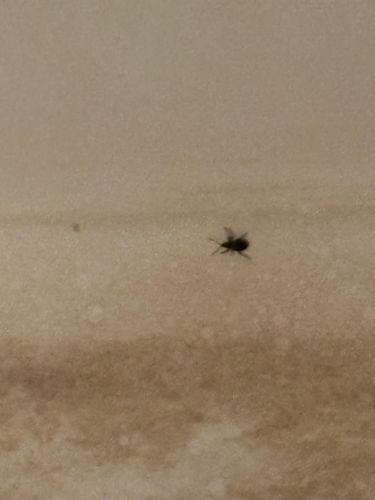Dust Mite
Scientific Name: Dermatophagoides spp.
Order & Family: Acariformes, Pyroglyphidae
Size: 0.2 - 0.3 mm (microscopic)

Natural Habitat
Indoor environments, particularly in areas with high humidity and accumulation of dust such as beds, pillows, mattresses, upholstered furniture, carpets, and curtains.
Diet & Feeding
Dust mites feed primarily on dead skin cells shed by humans and animals, as well as pet dander and other organic detritus found in dust.
Behavior Patterns
Dust mites thrive in warm, humid environments and are commonly found in bedding, upholstered furniture, and carpets. They are microscopic and not visible to the naked eye. They reproduce quickly, especially in favorable conditions. They do not bite or sting.
Risks & Benefits
Potential risks include triggering allergic reactions (asthma, eczema, rhinitis) in sensitive individuals due to their fecal pellets and body fragments. They are not known to provide significant benefits to humans or the ecosystem, other than breaking down organic matter on a microscopic level.
Identified on: 8/13/2025